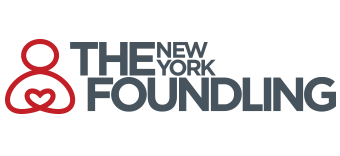Understanding Cultural Norms in the Deaf and Hard of Hearing Community
Each September, cities and states across the country recognize and pay tribute to Deaf and Hard of Hearing Awareness Month. It’s a time when there’s greater attention and focus on members of this community, a celebration of their cultural norms and traditions, and a deeper understanding of how they communicate with one another.
For nearly 40 years, The New York Foundling has been one of the only specialized providers of family support and prevention programs for New York City’s Deaf and Hard of Hearing community. Members of our staff who work with Deaf or Hard of Hearing children and adults are fluent in American Sign Language (ASL), and in many cases, are also Deaf or Hard of Hearing themselves. The services we provide at The Foundling improve family relationships and dynamics, empower each person to be more independent and expressive in what they need to grow stronger, and help families and individuals advocate for services and support.
There’s a strong sense of community and belonging among those who are Deaf and Hard of Hearing. A unique aspect of their culture is the tradition of giving someone a personal “name sign” instead of fingerspelling out the person’s name.
“A name sign can only be given by a Deaf person, or member of the Deaf community, and typically is meant to be representative of something specific about the individual,” says Anna Poiarkoff, Clinical Model Accessibility Coordinator for Deaf Services at The Foundling. In the video below, Anna shares the poignant story of how she received her name sign. We hope you’ll watch and be inspired to learn more about Deaf culture.
For more information on The Foundling’s Deaf Services, check out our program page and our recent blog post: Our Work Continues: Supporting Deaf and Hard of Hearing Families with Communication and Advocacy.

